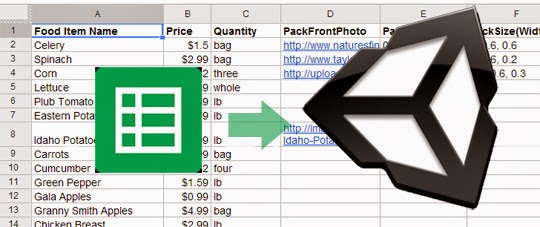
EDIT: v0.21 adds .OBJ export from the webplayer; you can now actually use this to make models and import it into whatever you want. (If you want to use this in Unity, you will need to apply a material / shader that uses vertex colors and doesn't cull backfaces, so pretty much any of the "Particle" shaders)
There are 2 common modes in 3D polygonal modeling: vertex manipulation and sculpting. But for many of these workflows, a 3D mass exists mostly as a surface to be unwrapped and painted. If all we need is a 3D canvas to paint upon, why can't we just go straight to the painting part?
"Mural" is an experimental freehand 3D modeling tool similar to SketchUp's "Freehand" tool or the impressive Tilt Brush, except SketchUp imagines it more as a tracing aid and Tilt Brush relies on VR hardware and doesn't readily export geometry.
I want to make Mural as an accessible 3D tool that borrows game UI metaphors (specifically, first person mouselook) and directly exports the resulting 3D models for use in games, or anything, really. Many of the models made in Mural will not look like "traditionally" modelled 3D objects, and intentionally embrace glitchy non-representational aesthetics, twisted normals, vertex colors, and z-sorting artifacts. If it hasn't already occurred, I imagine the "politics of 3D" will shift to embrace these phenomena as artistic features rather than aesthetic flaws.
(I am also indebted to Rich Edwards' early research with "3d concepts" using semi-transparent planes.)
CHANGELOG
v0.22
- decoupled canvas movement from painting (thanks for suggestion @Dewb) so you can now move the painting surface WHILE painting
- added simple .OBJ export for webplayer; press F12 to save a .OBJ to your computer
- fixed stroke shader, colors now render properly
- added a color picker hue / saturation circle, adapted from code in UnityPaint
- replaced line renderers with generated meshes from Vectorosity
- added .OBJ export
- added very basic undo support (press [Z] to delete most recent stroke(s) )
WEBPLAYER (v0.22): http://dl.dropboxusercontent.com/u/19887116/mural_web/mural_web.html
FUTURE DIRECTIONS FOR MURAL: make it into a complete 3D world maker / game maker; add cooperative modelling / network multiplayer session support; better painting tools and interface; add file-writing and OBJ export in webplayer via JS hooks







































